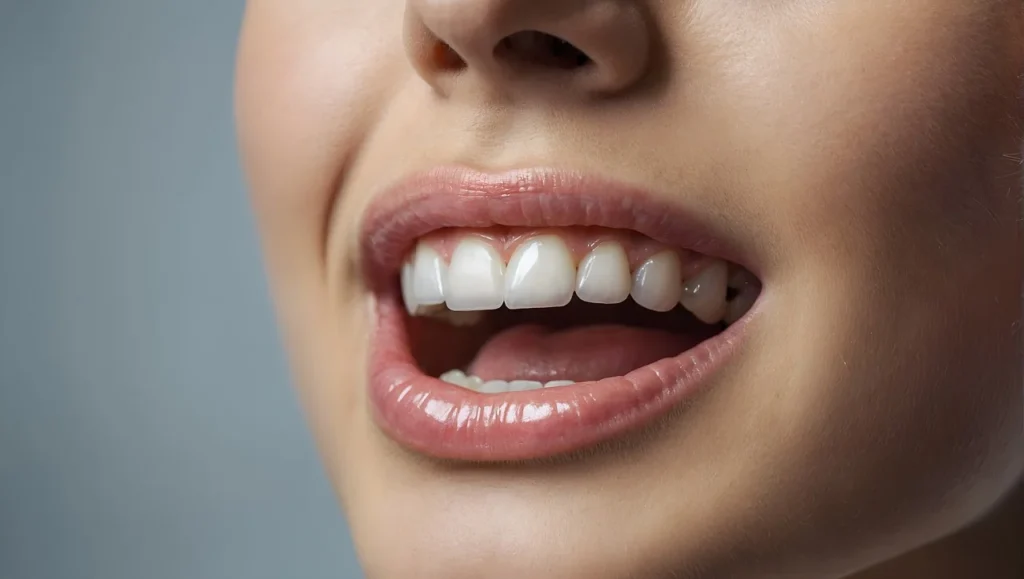Introduction

Teeth play an important part of our daily lives because they can help us in chewing, speaking, and confidently smiling. However, one usually tends to neglect dental health unless there is a problem in the tooth. The causes, symptoms, effects, and treatment of the most common tooth diseases would most likely help prevent greater problems and enjoy a healthy period with regard to dental care. Here’s an overview of the most common tooth diseases.
1. Common teeth diseases
Among the common diseases of teeth, the most typical are:
Dental Caries or Cavities: A condition where the enamel of the tooth is broken by acid formed due to bacteria, thus forming cavities.
Gingivitis: The light form of gum disease that causes red and swollen gums that bleed.
Periodontitis: considered an advanced gum disease due to its effect on the support of the bone below the teeth, ultimately causing loss of the dental structures.
Sensitivity of the Tooth: This is caused by a weak enamel layer that exposes the dentine layer. It causes discomfort or pain when hot, cold, or sweet foods are eaten.
Abscess on the Tooth: A collection of pus in the infected tooth/teeth present in and/or around the tooth.
2. Causes of tooth diseases
There are many contributing factors to tooth diseases:
Poor oral hygiene: Failure to brush and floss regularly allows the formation of plaque, which causes decay and gum disease.
Diet rich in sugars and carbohydrates: Sugars tend to feed the bacteria present in the mouth that then produce acids eroding away at the tooth enamel.
Smoking and tobacco use: Smoking weakens the immune system, making it harder to fight infections in your gums.
Genetic Predisposition: Some individuals are genetically prone to dental problems such as enamel weakness or gum disease.
Some Medical Disorders: Diabetes, for instance, can make a patient vulnerable to gum infections because the improper blood flow in the gums lowers their immunity.
3.Origin and Development of Diseases of Teeth
Knowing how these diseases arise and developing safeguards against them:
Origin of Plaque It is a sticky biofilm of bacteria that forms on teeth. If this biofilm is not removed, it will acquire a calcified layer and develop into tartar, or hardened plaque.
Acid Attack and Enamel Erosion: Bacteria in the plague synthesize acids from sugars, which dissolve away spots of the enamel, creating little holes that lead to cavities.
Gingivitis: When plaque flows further down under the gumline, it causes the body to react in defense by causing the gums to become inflamed.
Bone Loss and Tooth Mobility: When gingivitis progresses to periodontitis, the condition leads to inflammation that causes the destruction of the bone around the teeth, leading to looseness of the teeth.
4. Complications and side effects of tooth diseases

Teeth diseases can impact both oral and general health extensively.
Tooth pain and sensitivity: cavities and enamel erosion make the teeth sensitive to hot, cold, and sweet stimuli, causing pain.
Bad Breath (Halitosis): Bacterial growth in the mouth, especially with gum disease, causes persistent bad breath.
Gingivitis: It causes swollen, bleeding, and painful gums, which hinder eating as well as cleaning.
Loss of Teeth: There is the potential permanent loss of teeth as a result of severe decay or gum disease, a condition that can impair chewing or speaking.
Risk of Heart Disease: Periodontal disease has been shown to have an association with an increased risk of cardiovascular disease, probably due to systemic inflammation.
5. Treatment of common teeth diseases
Effective treatment varies with the nature and severity of the dental condition.
Good oral hygiene Brushing two times a day with fluoride-impregnated toothpaste, flossing, and applying mouthwash eliminate all plaque and prevent decay. Professional Cleanings Prevent the formation of tartar and hence reduce the risk of the gum disease.
Fillings and Restorations: Cavities are treated by cavity-filling dentists when they clean the decay from the cavity and fill it using composite resin, amalgam, or ceramic.
Root Canal Treatment: If there is a tooth abscess or great decay, the infected pulp is removed from the tooth through a root canal, and the tooth is sealed, often capped.
Scaling and Root Planning: A deep-cleaning procedure to eliminate tartar from below the gumline and smoothen the root surfaces, thereby reducing the inflammation of the gums in gum disease.
Surgery for Advanced Periodontitis: In worst cases, gum surgery is necessary to clean infected areas or rebuild damaged tissue.
6. Prevention and Long-Term Oral Care
Prevention is better than treatment when it comes to dental health.
Good oral hygiene: Brush and floss every day to keep plaque under control.
Visiting the dentist regularly: Going to the dentist every six months may detect and treat early signs of the disease.
Healthy diet: Reduces sugar, and a whole diet with foods rich in calcium and vitamin D means healthy teeth and bones.
No tobacco: Quitting smoking or not smoking at all prevents one from having gum disease and oral cancer drastically.
7. Conclusion

It is astonishing how so many terrible cases of common dental diseases exist these days, and by understanding causes, side effects, and current treatments of these conditions, one can take active steps to protect his or her oral health. Therefore, regular dental checkups and good oral hygiene should be considered your best defense against these painful and sometimes costly conditions.



